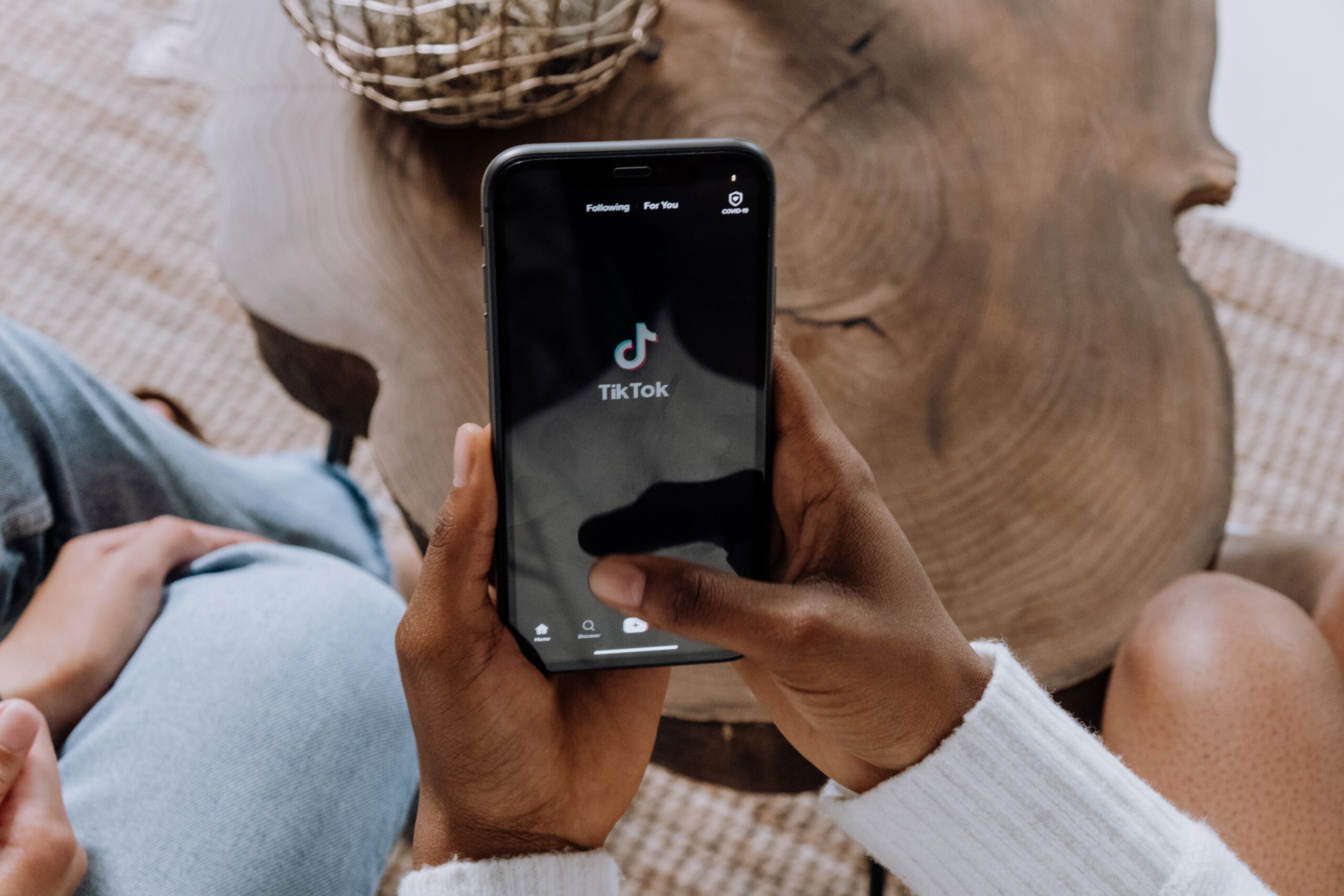
TikTok has completely taken over the lives of millions across the world. The social media platform is famous for its rapidly changing trend cycles and never falling short on offering its users something new to try. Over the past couple of years, an influx of fashion trends have come in and out of popularity, with many of these pulling inspiration from past decades and subcultures. Because fashion trends move in and out of popularity so quickly, this entices consumers to shop from fast fashion companies more frequently. Participating in these different fads as they arise gives many users a sense of identity. But that comes at the price of feeding into a toxic culture of overconsumption and the appropriation of POC cultures.
TikTok is notorious for its subcultures across the platform. From “Cottagecore” to “Witchtok,” these communities seem to have a life of their own. Millions of users take pride in having the most niche and unique timelines. This is mainly due to the fact that TikTok’s algorithm does an excellent job at putting its users into these different communities right off the bat. This leads many users to discover subcultures rather quickly, oftentimes without having done any prior research into said subculture. Because of the popularity of these subcultures, viewers may feel inclined to emulate the fashions of these communities in order to fit in.
Many of the users who participate in these TikTok fashion trends are young, which is an example of how much power and influence this platform has over such an impressionable generation. It’s been reported that 63% of Americans between the ages of 12 and 17 use the platform on a weekly basis, surpassing apps like Instagram, which in years prior was the most popular social media platform among this demographic.
Trends are nothing new; they have been around since the start of modern fashion. These trend cycles originally worked in 20-year intervals, as seen with the rise of ‘90s and ‘80s fashion throughout the mid to late 2010s. TikTok has completely changed the way in which the fashion trend cycle operates. Now every couple of months, there’s a new fashion trend sweeping the app. One of the most popular trends on the platform in the past couple of months has been the revival of the Y2K aesthetic, a fashion movement which pulls inspiration from the early 2000s. Many of the individuals who participate in this fashion trend tend to overlook the origins of this particular aesthetic. What many creators on the app fail to realize is that the Y2K aesthetic, like many others, was originally pioneered by POC communities. Black women throughout the late ‘90s to the early 2000s are to be credited for the creation of Y2K fashion. The trend becomes problematic when white content creators credit white celebrities like Paris Hilton and Britney Spears for the creation of the Y2K aesthetic. At a certain point, it crosses the line into cultural appropriation. Many of the different aspects of Y2K fashion were seen as “trashy” by white people, until they incorporated it into their own personal wardrobe when it became popular in the mainstream media.
Furthermore, the constantly shifting fashion cycles on TikTok have paved the way for a greater consumption of fast fashion. Companies like SHEIN capitalize on these fashion trends to push their products to a young consumer base. Because the quality of the garments large retailers sell isn’t the best, they can quickly keep up with the changing trend cycles. This has led to content creators doing massive SHEIN hauls for their followers, which only leads to more people participating in the consumption of fast fashion. Fast fashion, of course, has many negative impacts on not only the environment but our overall relationship with the ways in which we purchase clothing.
Nonetheless, it seems like these fashion trends aren’t going out of style anytime soon. It’s up to consumers to do the proper research behind the trends they see on the internet. Content creators should focus more on pushing individuality, instead of these mass marked personalities.







